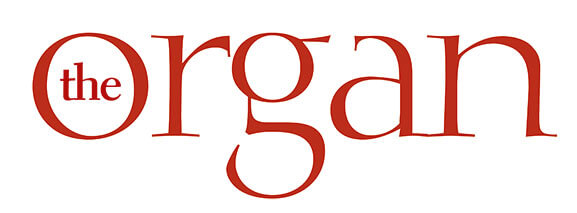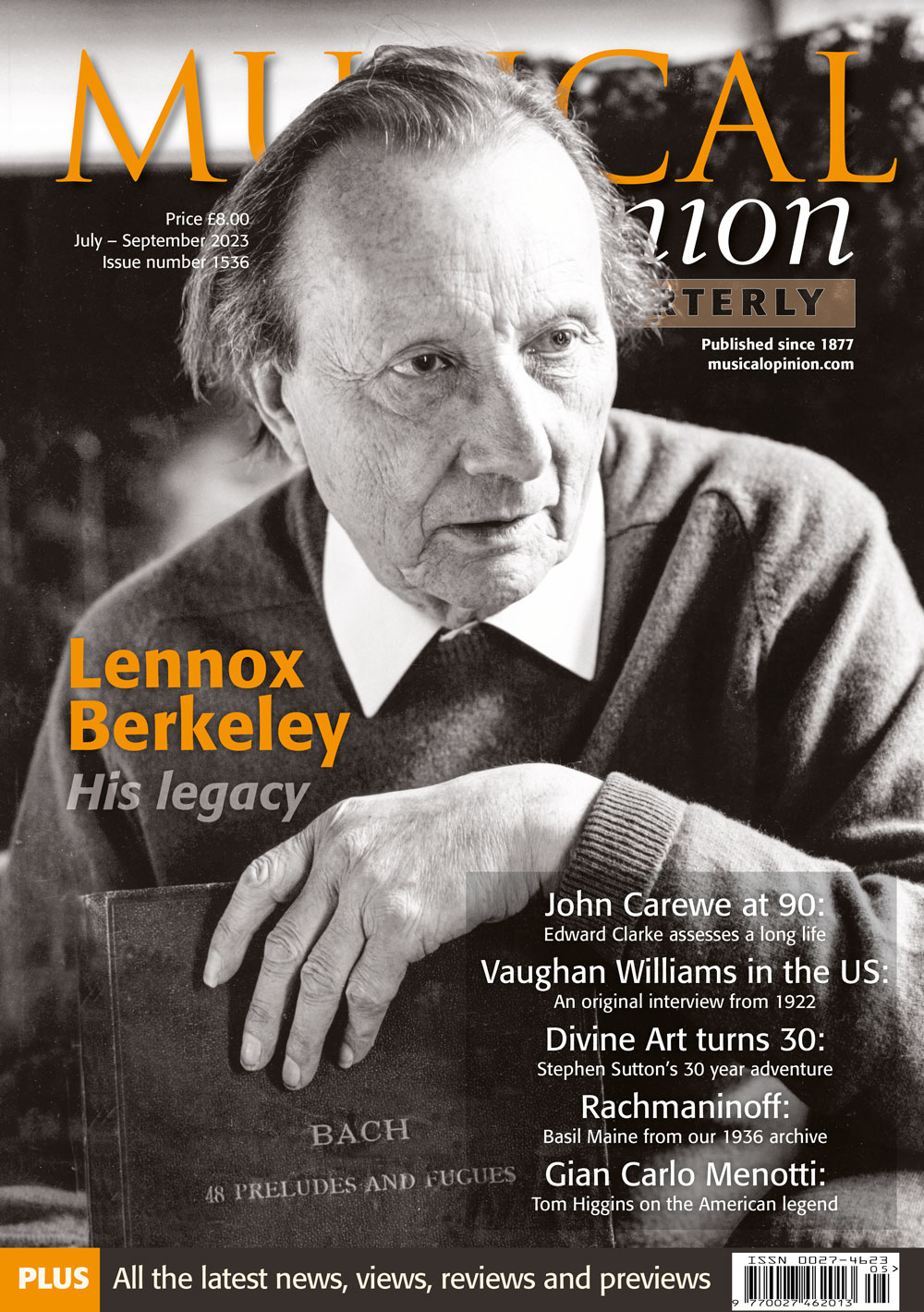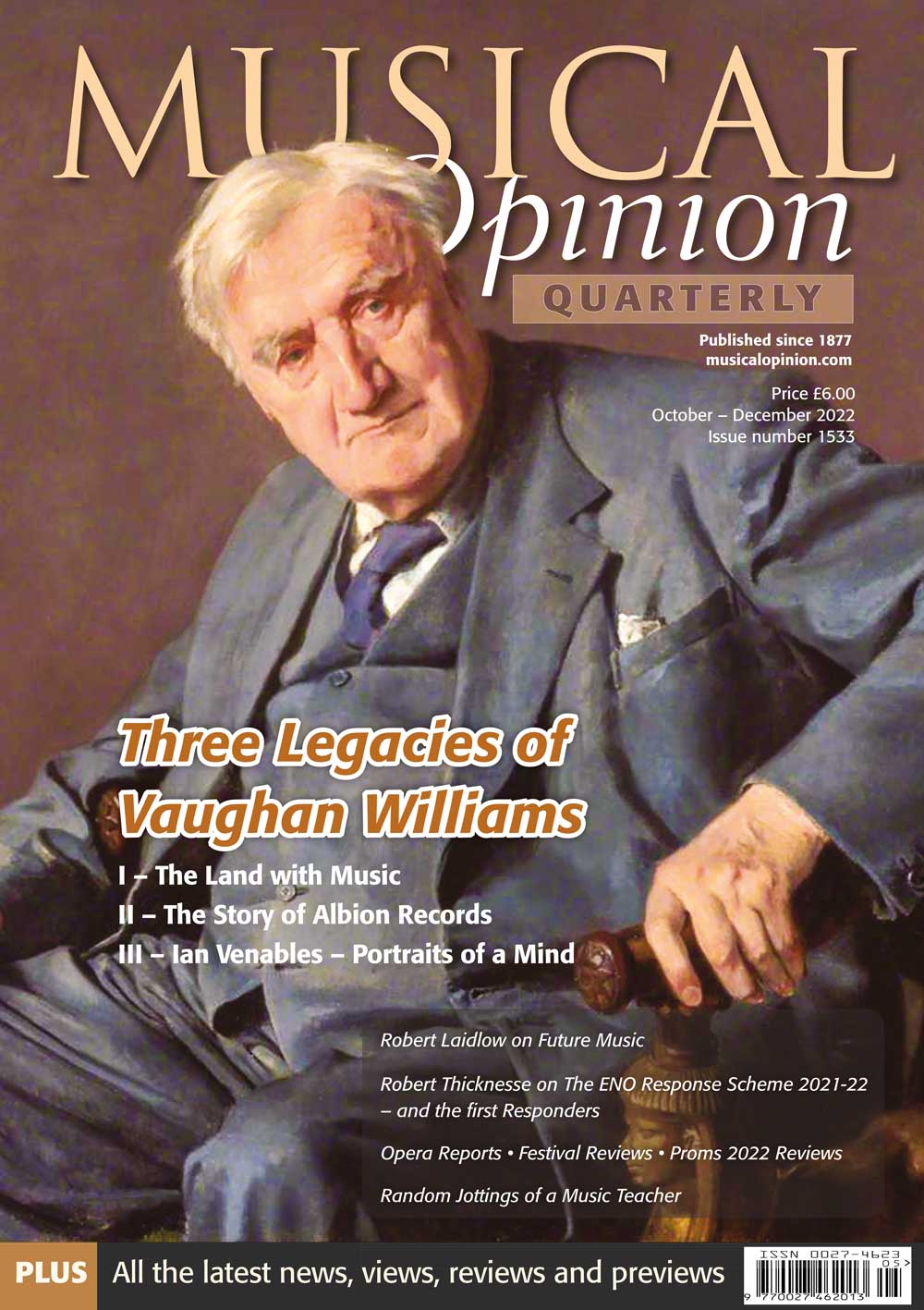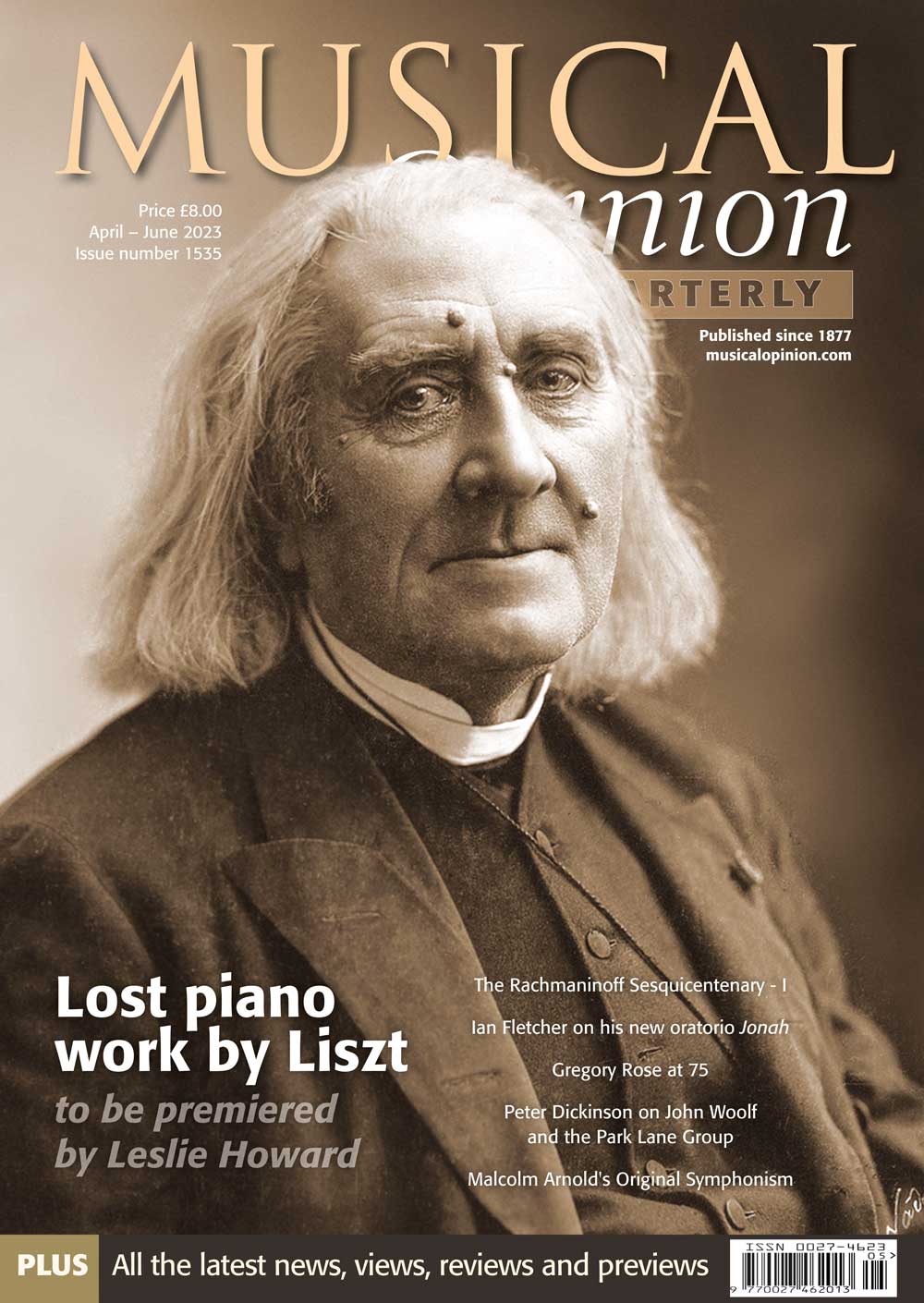Previous Issues
Autumn 2024. 410
Summer 2024. 409
Suite de Pièces pour Violon et Orgue
Spring 2024. 408
Winter 2024. 407
Summer 2023. 405
Spring 2023. 404
Winter 2023. 403
Autumn 2022. 402
Summer 2022. 401
Spring 2021. 400
Winter 2021. 399
Autumn 2021. 398
Whilst staying at A4 size and 56 pages, the magazine has been completely redesigned with different fonts (more easy to read), bigger photopgraphs, more focus on things like specifications and more CD reviews of organ repertoire.
Summer 2021. 397
Winter 2021. 395
Spring 2021. 396
Autumn 2020. 394
Summer 2020. 393
Spring 2020. 392
Winter 2019. 390
Explore By Topic
Autumn 2023. 406
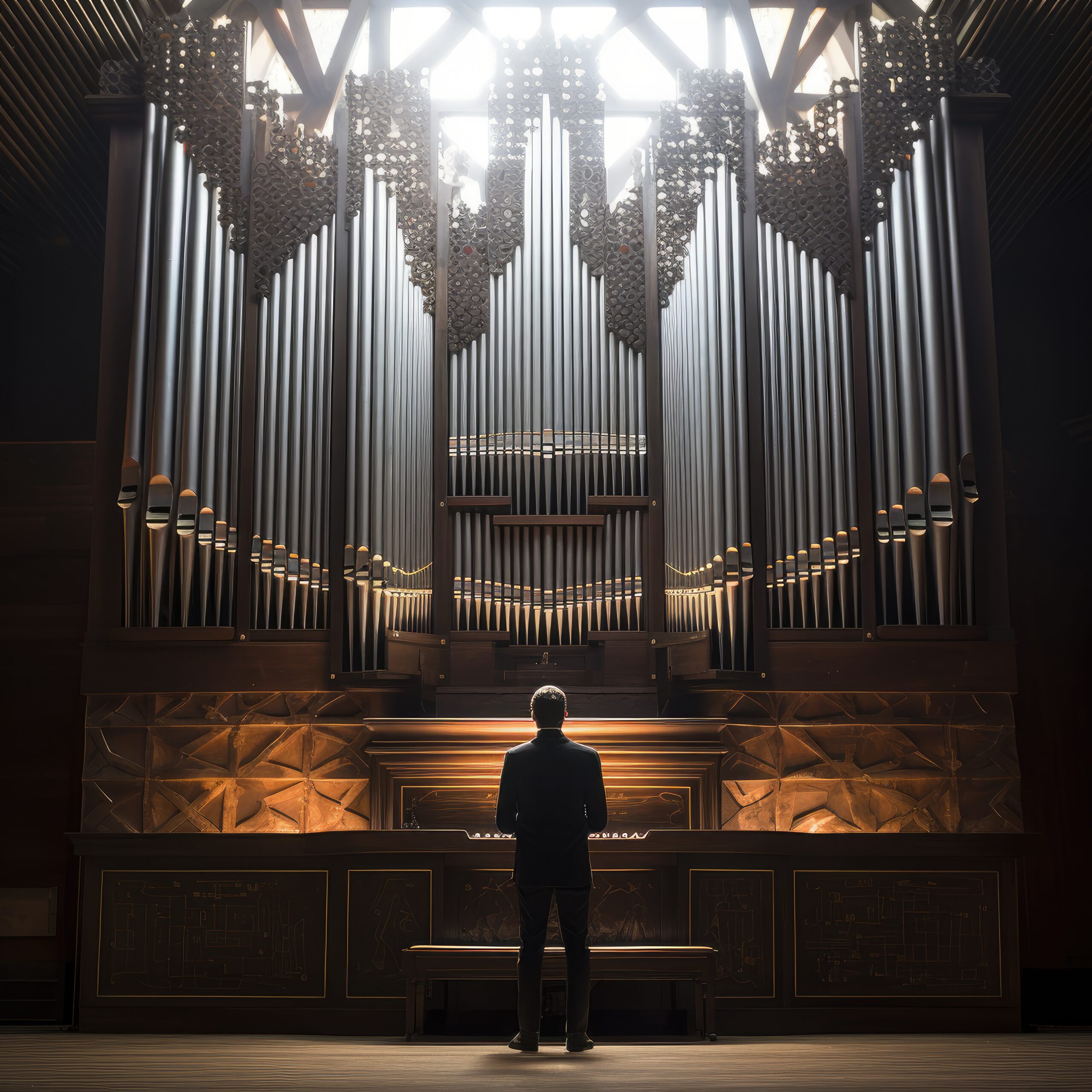
Managing the improvisation process
Dr Michal Szostak
Continuing considerations about the noble and respectable art of organ improvisation (Szostak, 2019, 2020, 2023), I would like to answer the following questions in this work: 1: What are the components of the aesthetic situation in case of organ improvisation and what are the relations between these components? 2: How can an organ improviser manage the process of artistic improvisation in order to be efficient in his musical activities? An interdisciplinary approach must be applied from three perspectives (instrumental studies, aesthetics, and management) to find justified answers.
All the time, we base on the concept of Maria Gołaszewska’s theory of the aesthetic situation, its components and mutual relations. Previously described three critical competencies of an organ improviser (virtuosity, artistry and creativity) allow us to analyse the phenomenon of managing the aesthetic situation of improvisation by the improviser, who – apart from virtuosity, artistry and creativity – should also take into account the motives for undertaking the improvisational activity, sources of inspiration with a particular emphasis on contextual inspiration, the role of the improviser’s identity and the role of commitment. The research methods exploited in this article are a critical analysis of the literature and autoethnography.
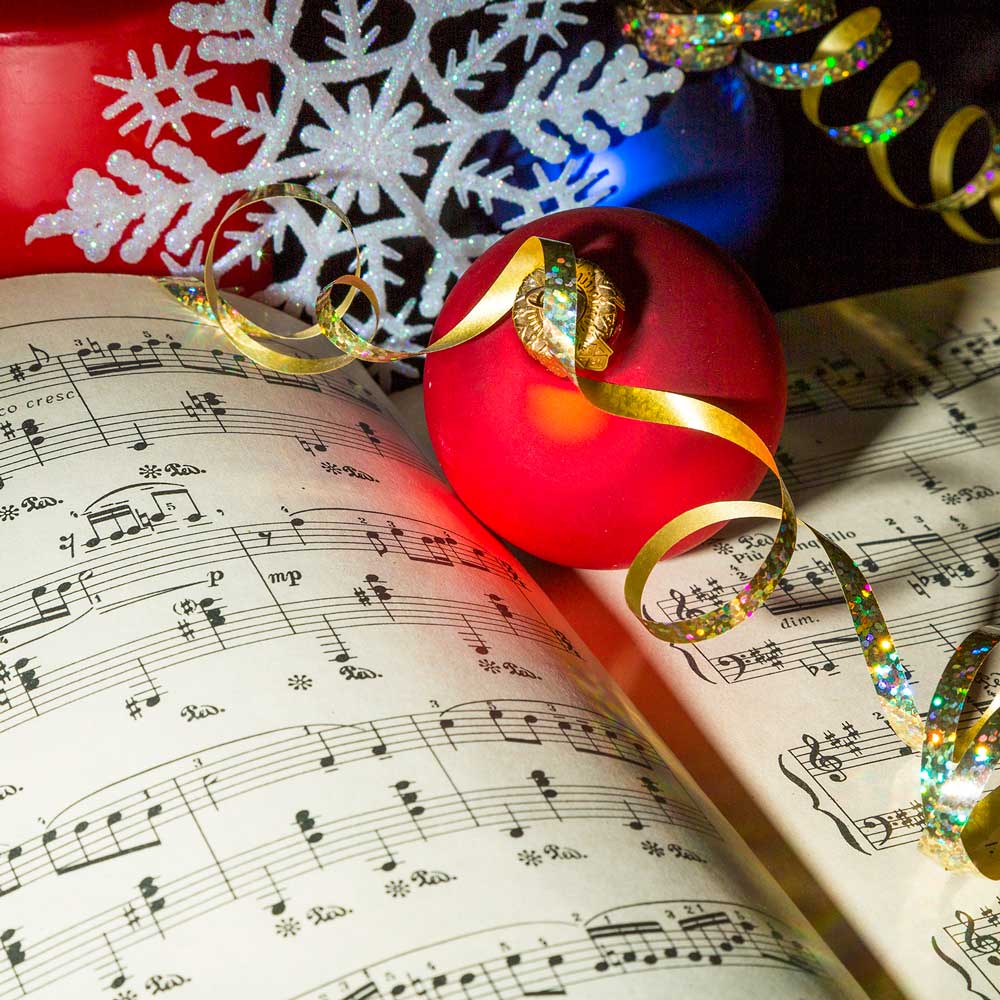
English Christmas Carols: A Living Tradition
Andrew Gant
One Christmas I found myself in Oxford Street, admiring the twinkly decorations and listening to a piped version of ‘Jingle Bells’. In Chinese.
Our Christmas songs and carols turn up in some surprising places.
They come from some surprising places, too. ‘Good King Wenceslas’ is a Victorian poem about a Bohemian Duke sung to a 16th-century school song from Finland about the coming of spring (and, incidentally, has exactly nothing to do with Christmas, either in text or association, unless you count a dusting of snow and a little moralising message about being nice to strangers). ‘Away in a Manger’ is one of a number of our favourite English carols which is actually American, first published in the journal of the Universalist movement in Boston, Massachusetts. The editors confidently informed their readers that the poem is by Martin Luther. It isn’t: they made that up. They claimed they were celebrating the four-hundredth anniversary of Luther’s birth. They weren’t: they made that up, too (or, at least, got the date wrong). ‘Ding, dong, merrily on high’ began life in a French Renaissance dancing manual: (“pied gaulche largy, pied droit approché, empoigner la femme par le saulx du corps, l’eslevant en l’air”, which means “put your left foot out, put your right foot in, pick her up by the waist and twirl her around a bit”). Certainly, not all of them began life with their seasonal associations attached. Some were born to Christmas, some have achieved Christmas, and some have had Christmas thrust upon them.
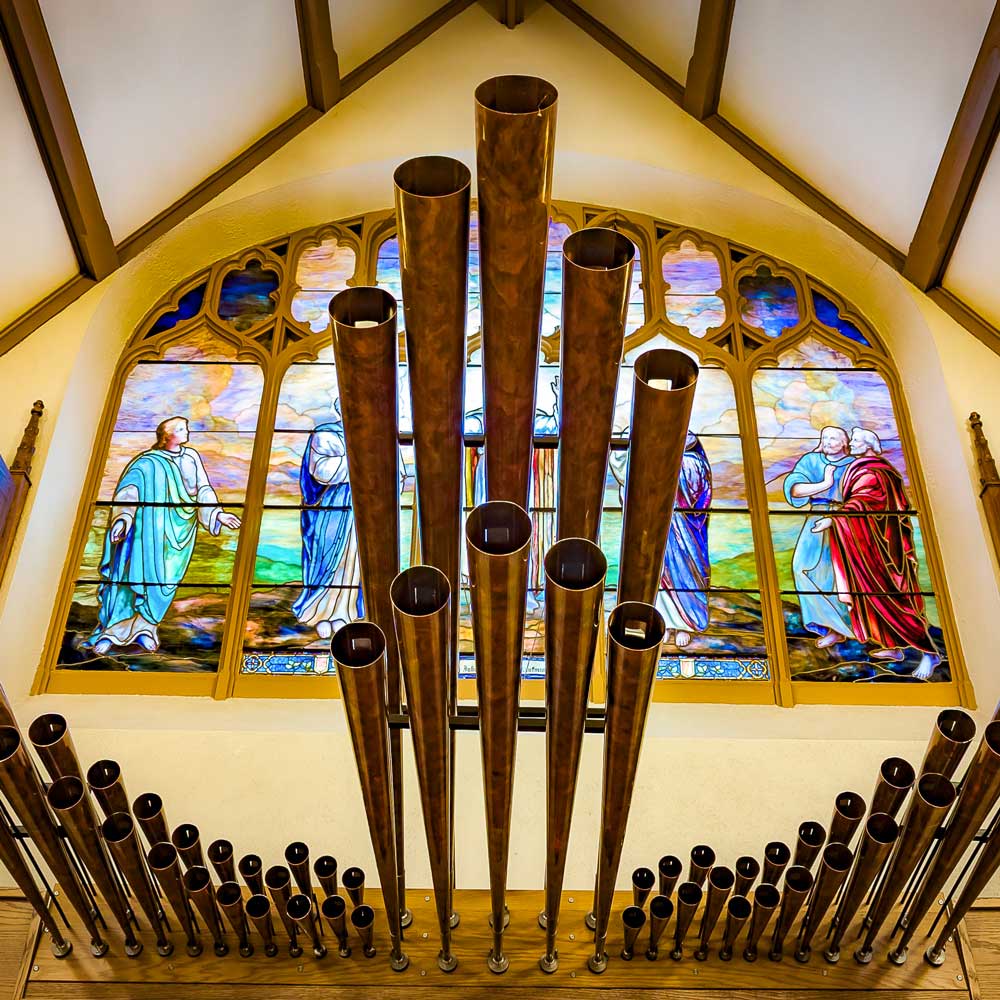
Internationally Acclaimed Organist Paul Jacobs Performs Solo Concert On Historic Aeolian-Skinner Organ at Christ Church in Short Hills, New Jersey
L. Gaye Torrance
Paul Jacobs entered the sanctuary to take center stage at the chancel, where the historic Aeolian-Skinner Opus 1347 console had been carefully situated for the solo concert. He is greeted by warm, welcoming applause by the full house audience of parishioners, guests and organ enthusiasts attending the performance at Christ Church in Short Hills, New Jersey in celebration of its 140th anniversary.
Jacobs, an internationally esteemed organist, has been heralded as “one of the major musicians of our time” by Alex Ross of The New Yorker and as “America’s leading organ performer” by The Economist. His solo concerts feature musical selections, based on “the strengths and attributes of the particular instrument,” according to Jacobs. “The organ is like no other instrument; each one is custom built with a distinct tonal palette, becoming part of the architecture. The organist must be imaginative in capturing the spirit of the music on different instruments,” he explained.
Jacobs travels extensively as a guest artist for concerts and festivals around the world. His international acclaim leads to invitations for solo organ performances at notable concert halls, cathedrals and churches worldwide. “Organists have the pleasure of performing the most diverse array of instruments in some of the most beautiful buildings. Many of the great organs of the world are housed in magnificent churches and cathedrals,” he said.
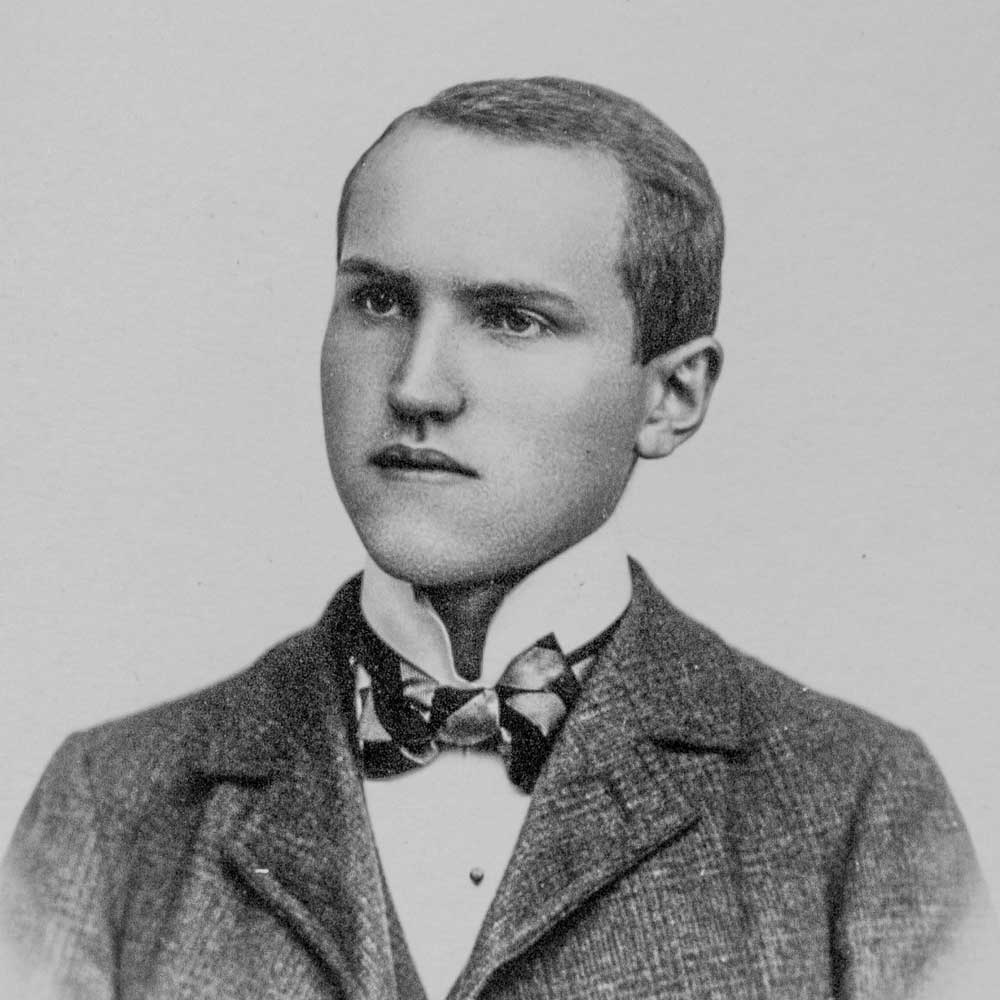
Bedřich Antonín Wiedermann – A Czech Organ Legend
Dr Martin Maxmilian Kaiser
The period of organ romanticism offers a variety of underrated composers especially in the area of central Europe. Fate has often been unjust, and many authors still await a revival and full rehabilitation of their legacy. It can take some time as in the case of Bedřich Antonín Wiedermann. My first encounter with his music occurred in October 2005 when I listened to his rousing magnificent Impetuoso. I remember that I could not get enough of it, but I did not know anything about the author of this brilliant piece at that time. “Who could have composed it?” I asked myself repeatedly. I looked at the front cover of the record and saw the name of this giant, the greatest Czech organ virtuoso of the first half of the 20th century who can be considered (in some respects) as a “Czech version” of the famous German organ virtuoso Karl Straube.
Bedřich Antonín Wiedermann was born on the 10th of November 1883 in Ivanovice na Hané (Moravia) as a youngest son of Antonín Wiedermann (1834-1914) and his wife Františka née Krajsová (1849-1900). His father Antonín Wiedermann was a teacher at the primary school in Ivanovice and an organist at the local church of St. Andrew, and St. Martin in Luleč (Vyškov region, Moravia). From an early age, little Bedřich was surrounded by music and his father, who often took him to the church, gave him creditable basics in playing violin, piano and organ, as well as the art of improvisation. Bedřich also enjoyed playing football and riding a bicycle from his youth. In 1895, the Wiedermann family moved to Prague for a time, and young Bedřich began attending the grammar school in Žitná Street, where he first met his future organ professor at the Prague Conservatoire, Josef Klička (1855-1937) during singing lessons. After graduating from grammar school in 1903, Bedřich worked briefly as a tax clerk in Kroměříž (Moravia), but this job did not seem to fulfil him at all. In 1904 he decided to study theology in Olomouc since he knew that the local seminary’s superiors supported musical activities.
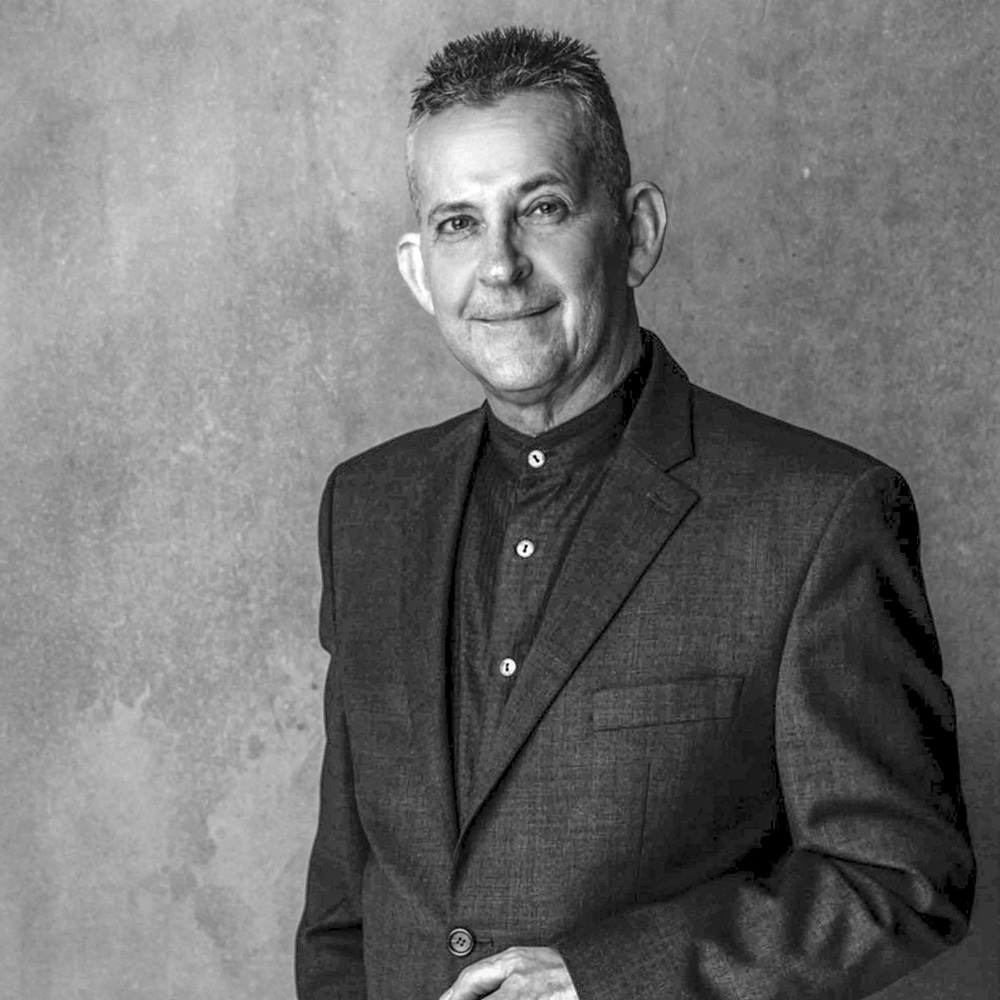
The Organ Music of Axel Rouff – Part 5 [conclusion]
Cornelis Witthoefft
This fifth and final instalment of the complete survey of Axel Ruoff’s organ music focuses on previously unpresented aspects of his compositional output. On the one hand, it includes three compositions for voice and organ − two sacred works on Latin texts and an extensive song-cycle on German poems and translations of biblical texts – and, on the other, in sharp contrast, a series of humorous stylistic parodies. The Table gives a chronological overview of Ruoff’s complete œuvre for organ.
Axel Ruoff was born in Stuttgart on 24 March 1957. From 1975 to 1979 he studied composition, music theory and piano at the University of Music and Performing Arts in his native city, where his teachers included Milko Kelemen, Rolf Hempel and Erhard Karkoschka; he also spent some time at the Music Academies in Kassel and Helsinki. In 1979 he graduated with honours in music theory and piano, and five years later he obtained his Master’s degree in composition, both in Stuttgart; there then followed an engagement as lecturer in music theory at the University of Music in Trossingen, south-west of Stuttgart, from 1983 to 1985. Awarded a scholarship by the Japanese Ministry of Education and Cultural Affairs, he pursued his further musical training at the National University of Fine Arts and Music in Tokyo from 1985 to 1987, studying with the Japanese composer Hiroaki Minami. During these years he was also active as a visiting professor at various Japanese universities. From 1992 to 2020 he was a professor of music theory and score-reading at the University of Music and Performing Arts in Stuttgart, serving from 2006 to 2010 as a Vice Dean and from 2010 to 2014 as an Academic Dean.
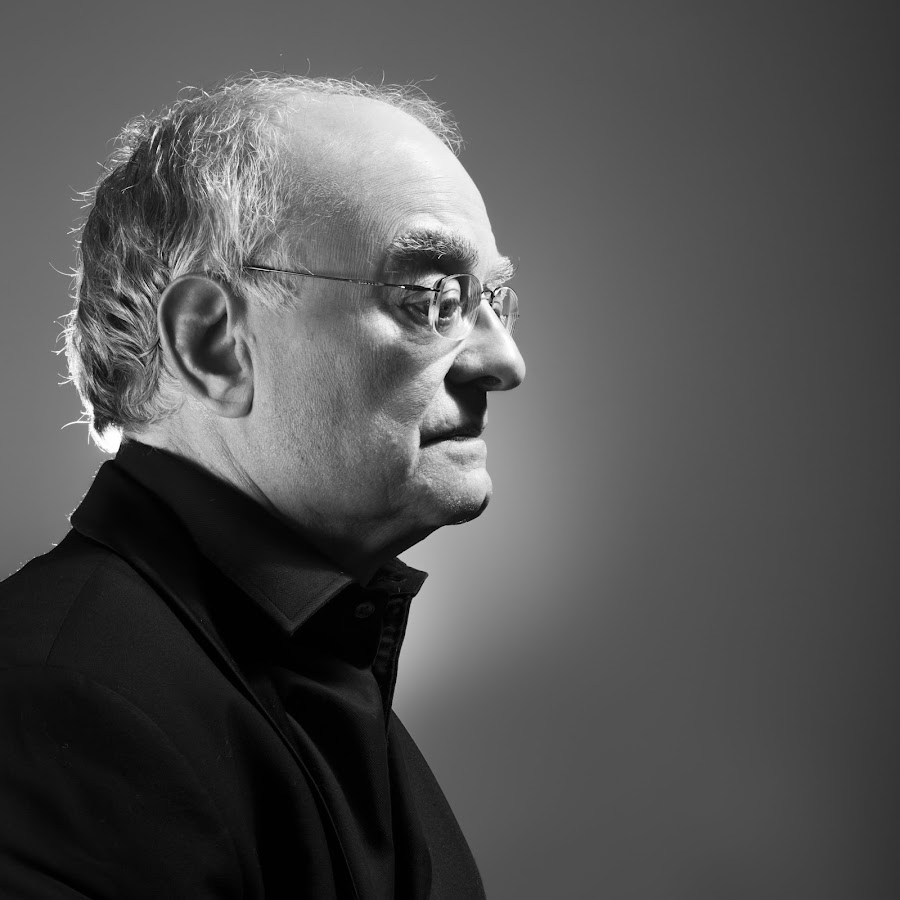
Marking the centenary of the Music Department of Oxford University Press
Kenneth Shenton
The recent appearance of Carols for Choirs 6, compiled and edited by Bob Chilcott and David Hill, serves to offer a timely reminder that 2023 marks the centenary of the Music Department of Oxford University Press. This collection of fifty new carol compositions and arrangements attempts to build on the solid foundations laid by its popular and illustrious predecessors in the latter half of the last century. Offering a link back to a number of those previous editions remains the ever popular composer, John Rutter. Here, the writer Kenneth Shenton takes a timely look back at the growing pains of this newly established company and its formative personalities. He also outlines its rapid rise to becoming a major force in music publishing, not only domestically but throughout the world.
Whie Oxford University Press had published books on music, on and off for centuries, and occasional pieces of music, its success during the nineteenth century had been firmly based on the sale of Bibles. When Humphrey Milford succeeded Henry Frode in 1913, he broadened the company’s output by promoting a series of new hymnals of which The Oxford Hymnal, edited by Basil Harwood was not untypical. An autocratic yet perceptive Head of the Press, he himself was the chief editor of The Oxford Book of Romantic Verse. It was in June,1923 that he established a Music Department to issue sheet music and books. With no music editor or representatives to sell to music shops, the early publications were mainly choral leaflet arrangements, the work of William Gillies Whittaker.
